As a country covering a large territory and multiple nationalities, China has a rich and varied food culture. No matter how discerning you are about food, each place has something unique to offer. Chinese cuisine has eight styles, each representing a different culinary culture and method. Before we get to the details about each cuisine, let us learn about the staples in China. Due to the differences in climate, resources, habits, and customs, people living in northern China (north of the line connecting Qinling and Huaihe) consume foods based on flour, such as noodles, steamed buns, dumplings, and similar. In contrast, southern Chinese enjoy rice and rice-based foods. With this in mind, it will be easy to understand the culinary culture in different regions.
Sichuan cuisine is renowned for its sophisticated artful use of mixed seasonings. At the very mention of Sichuan food, a wave of electrifying hotness and numbing spiciness surges to my heart. The truth is, Sichuan food is not only about spiciness; it can also be sweet, sour, savory, or nutty. Flanked by mountains, the Sichuan basin has a foggy, muggy, and damp climate. The best way to drive out the moisture is to have hot food. While the history of chili can only be dated back 200-300 years ago, how did locals keep a healthy equilibrium? The answer is pungent ingredients like mustard, ginger, chives, and onions. After chili being introduced, it gradually becomes one of the most indispensable seasonings in Sichuan cuisine.
The Sichuan culinary culture also absorbed cooking techniques from other parts of China. Sichuan is located in one of the most strategic locations. It is a stopover city along the world-famous Southwest Silk Road and the domestic trade route 'Ancient Tea and Horse Road'(a non-governmental corridor for different minorities to trade on horses in southwestern China). Along with the waves of immigrants, there came different culinary and cultural customs, further enriching the local culinary culture.
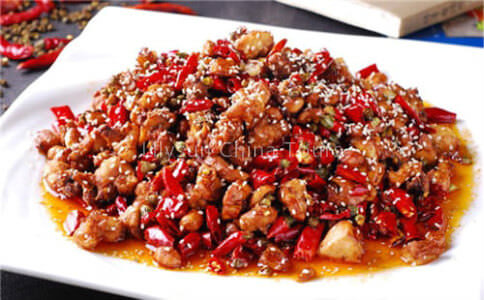
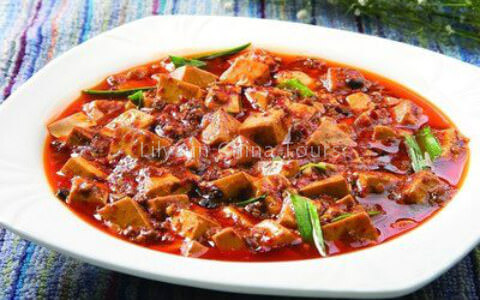

Cantonese cuisine, also called "Yue cuisine" refers to the food culture of Guangdong province, especially in the capital city Guangzhou. The specially located nearby port makes the city a significant cultural exchange area between the mainland and overseas. In the late Ming and the Qing dynasty, many Cantonese people fled to western countries seeking their fortunes, taking with them their unique culture and exposing foreigners to exotic China for the first time, which led to the belief that Cantonese equals Chinese. The first Chinese food westerners ever tasted was Cantonese food, making it the most popular Chinese food overseas.
Unlike Sichuan cuisine, Cantonese food is characterized by gentle spices and fresh ingredients. Cantonese cooks prefer the flavor of a dish to be well balanced, and the seasonings shouldn't overwhelm the primary ingredients. All Cantonese dishes must be carefully prepared, and the ingredients must be as fresh as possible. There is a saying that Cantonese people can eat anything with four legs except a table, which on the one hand shows that Cantonese people are extremely talented in preparing their ingredients; on the other hand, it scares most people. The truth is Cantonese people excel at incorporating all kinds of edible meats, but even they have their rules. With easy access to the ocean, seafood plays a prominent part on a Cantonese menu, but all the fish and other seafood must be alive before cooking.
The cooking techniques in Cantonese cuisine are similar to other parts of China. There are two methods Cantonese cooks use most, stir-frying and steaming. The sauce also plays an important role in Cantonese dishes. It can be as simple as Hoisin sauce. For some northern Chinese, Cantonese dishes are just too bland, but it may be your favorite when you try!
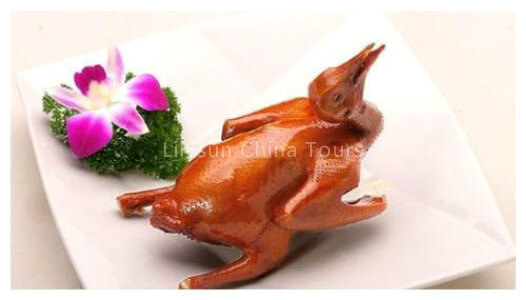
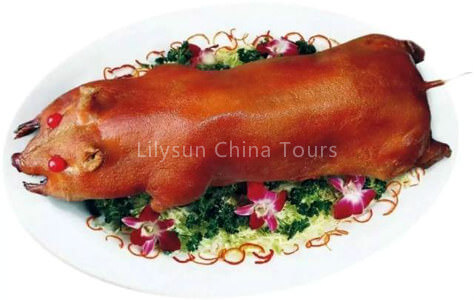
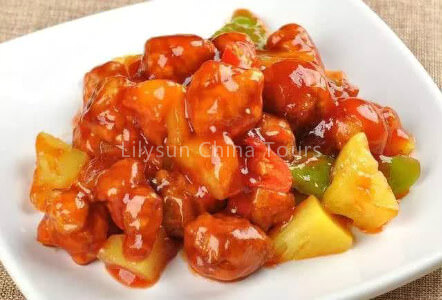
Being the representative of northern Chinese culinary culture, Shandong Cuisine (Lu Cuisine) enjoys a history of over 2000 years, making it the most difficult cuisine to prepare. Shandong used to be part of the Qi State and the Lu State during the Spring and Autumn Period (BCE 770-476), and it was then that the Shandong Cuisine originated. During the Qin and Han Dynasties, Lu cuisine took its shape, and after the Song Dynasty, Lu cuisine officially became the representative of northern food. Its influence can be traced far beyond Beijing and the Tianjin area in northeastern China.
Shandong province is one of the cradles of civilization in China. Located on the Jiaodong peninsula, downstream of the Yellow River and between the Bohai Sea and Huanghai Sea, the Shandong province hosts plenty of mountains, rivers, and fertile lands. With a coastline of over 3000km, Shandong province is never short on seafood. It also ranks third in grain yield in China and belongs to the three Vegetable Origins in the world thanks to its favorable climate and the vast expanse of fertile land. The variety of ingredients drove the richness of Shandong cuisine.
Shandong cuisine incorporates many cooking techniques, but the most typically used ones are quick frying, quick frying with cornflour, stewing, roasting, and boiling. Shandong cooks excel at mixing a variety of seasonings and making a dish a bit salty yet still fresh. Like other cuisines, Shandong cuisine is also divided into two major styles, the Jiaodong style, and the Jinan style. In addition to the mainstream styles, there is also a smaller style called Kongfu Cuisine (Confucius cuisine). Despite its name, this cuisine has no link to Confucius. Confucius cuisine refers to the dishes that were prepared for ancient officials or imperial members. The dishes were prepared differently based on the occasion and the host's social status. This cuisine played an important role in feudal society.
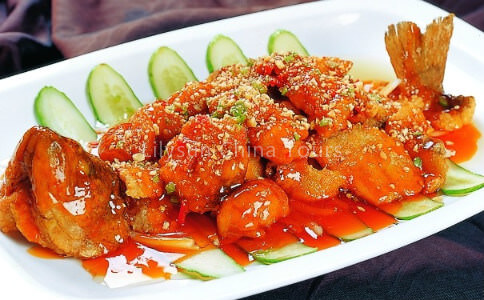
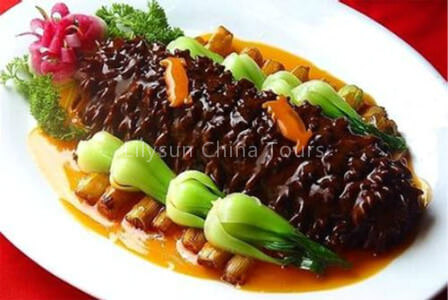
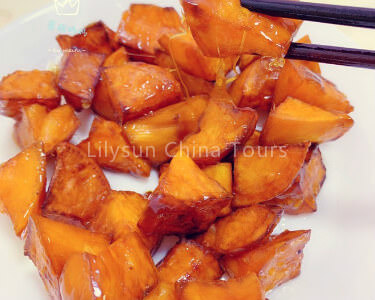
Fujian Cuisine, aka Min Cuisine, refers to Fuzhou cuisine in a narrow sense but is a blended cuisine style of the indigenous East Fujian, West Fujian, North Fujian, South Fujian, and Putian dishes. Nowadays, Fujian cuisine mainly has three branches, Fuzhou, South Fujian, and West Fujian. It holds an important position in China's culinary art. Fujian province is seated in southeastern China bordered by mountains and vast seas. The advantageous location endows this area with rich seafood resources like turtles, fish, and shellfish. While the many mountains also bestowed the area with various delicacies like mushrooms and bamboo shoots.
Fujian cuisine is easily identifiable in three ways. The single indispensable dish is the thin and thick soup and broths with rich stocks and sauces. Fujian people love soup. They usually consume 2-3 soup in the main meal and 5-6 during a feast. Another indicator of Fujian food is that Fujian cooks are very skillful at marinating ingredients in wine or lees (the leftover red wine sediment). Another trait of Fujian food is the 'sweet and sour' flavor. Fujian cuisine also focuses intently on slicing techniques. With the fine slicing technique, more authentic aromas and textures in the food are brought out, particularly seafood. The final feature of Fujian cuisine is its exquisite culinary art. With a combination of careful ingredient selection, preparation of seasoning, and careful control of cooking time and heat, the Fujian dishes always come out harmonious and visually appealing.
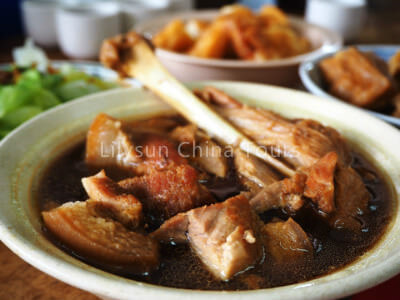
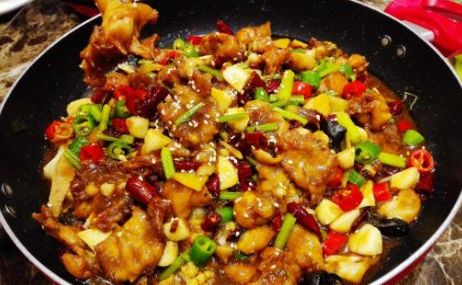
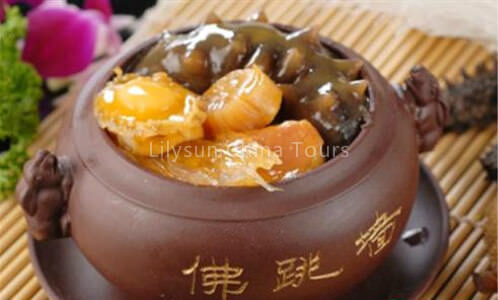
Zhejiang cuisine originated from the rich and abundant Zhejiang province in eastern China. As a region with a temperate climate and long history of aquaculture and agriculture, Zhejiang is extremely rich in China and was reputed to be the "Land of Fish and Rice." Its advantageous location has endowed it with a wide variety of ingredients, enabling local people to focus on ingredient selection, minute preparation, and unique tender tastes.
Zhejiang cuisine is comprised of three branches, namely, the Hangzhou Dish, Ningbo Dish, and Shaoxing Dish. Hangzhou cuisine is the most representative of Zhejiang cuisine. It features elaborate preparation; varied cooking techniques are used like sautéing, stewing, and frying, elegantly artsy appearance, and the preference for using bamboo shoots. Ningbo dishes are comparably salty and tender. Ningbo sweet confectioneries are particularly famous in China. In the last school, Shaoxing dishes; poultry, and freshwater fish are very ordinary due to its inland location. Despite the differences in those three main branches, they share a common character: mellow fragrant, soft, and fresh.
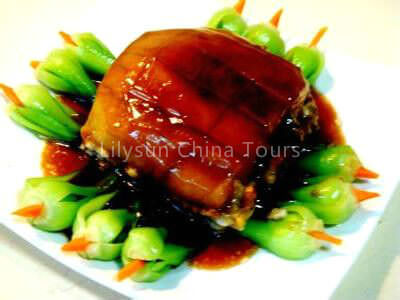
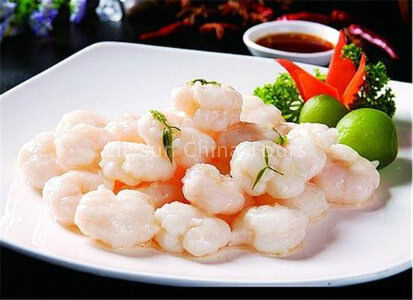
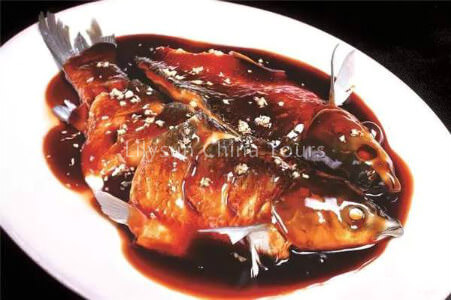
Hunan cuisine refers to the culinary culture surrounding the Xiang River. The most noted characteristics of Hunan cuisine is spiciness. There is a famous saying that "The Sichuan people are not afraid of spiciness, the Guizhou people fear no degrees of spiciness, while the Hunan people are afraid that food isn't spicy." vividly demonstrating the food culture in Hunan. If you are familiar with Sichuan cuisine, you might find those two cuisines confusing. There are two distinct features of Hunan cuisine. Hunan cuisine does not use the tongue-numbing Sichuan peppercorn; and the sweet flavor. Instead, it tends to be bold and savory, chili-hot, or sour-hot. Like Sichuan province, the southern part of Hunan province can be pretty humid and hot in summer; while damp in winter. Locals use hot chilies to expel unhealthy dampness. Hunan cooks excel at adopting various cooking techniques like braising, double-boiling, steaming, and stewing to make the food hot and sour with a fresh aroma and rich color. If you ever visit Hunan, please remember to order food with no pepper as there is no such thing as 'less spicy'.
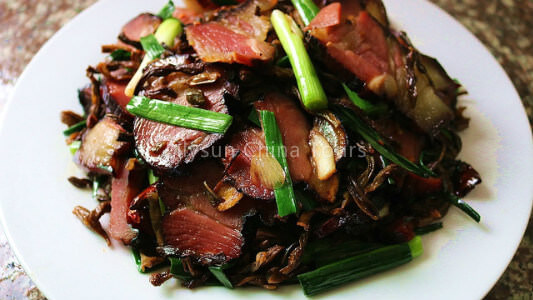
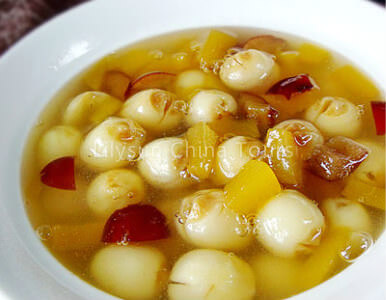
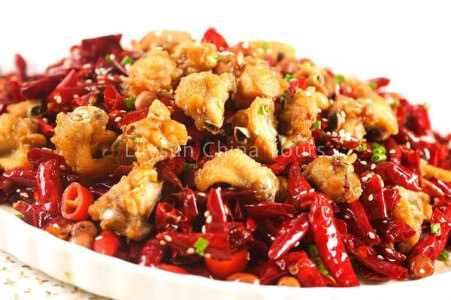
Blessed with fertile soils and rich water resources, Jiangsu Province is adjacent to Zhejiang Province, and part of the land of "Land of Fish and Rice." Like Zhejiang province, Jiangsu is also one of the wealthiest places in China. Its current status stems from old times when Nanjing (the capital city of Jiangsu Province) served as the southern capital in the Ming and Qing Dynasties. With the abundant food ingredients, Jiangsu cuisine focuses more on the selection of ingredients, exquisite craftsmanship, delicate appearances, and rich cultural traits.
Jiangsu cuisine also refers to Huaiyang cuisine. It was particularly popular in the Qing dynasty, and has now become a symbol of Chinese food and plays a significant role in the banquets for big events. If you prefer light flavors and are not afraid of raw food like fresh and live aquatics, Jiangsu cuisine is a good option for you.
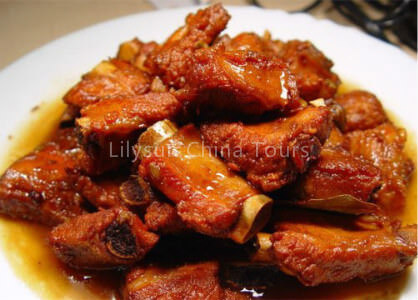
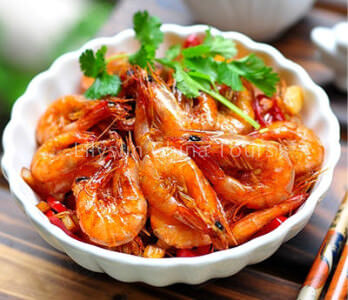
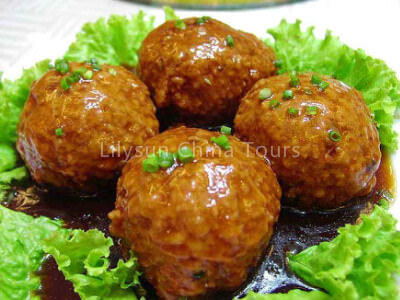
Anhui is situated in the middle of eastern China, surrounded by six neighboring provinces. Due to the limitations of its location, Anhui province is one of the poorest areas in southern China. It's hard to imagine such a not-so-wealthy and lesser-known place can cradle one of the eight famous cuisines in China. The people of Anhui usually forage ingredients from the surrounding mountains and lakes and have created the most exotic, hearty, mountain peasant food. Cooking experts in Anhui are very careful when it comes to preparing their food. They like their food to be braised or stewed at a rather low heat to retain the nutrients. Almost all the dishes are topped with thick, starchy sauces or heavy oil giving pungent aromas and eye-dazzling colors. The last feature of Anhui cuisine is that hams are commonly used to enhance the taste.

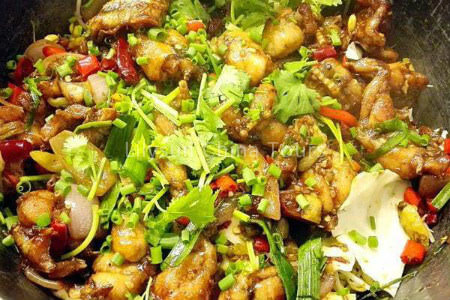
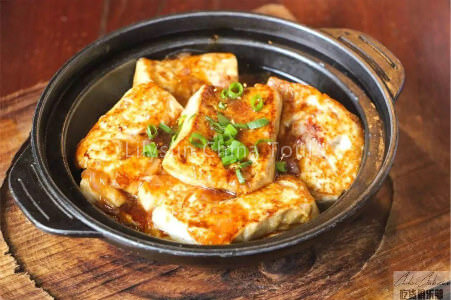
China has a long history of food culture, and its influences are spreading all over the world. No matter what kind of Chinese food you have ever had that claims to be the most authentic, you still need to come to China to have a real taste of local food, meet local people, and immerse yourself in the local culture. This article only focused on eight of the most famous cuisines in China, but there are so many other regional dishes waiting for your exploration. Welcome to China and challenge your taste buds! If you have any more ideas or comments on this topic, please feel free to contact us or leave a message below. Any shares on social media are greatly welcomed!
Copyright © 2019 Lily Sun China Tours International, Inc. Terms &conditions | Privacy Policy | Sitemap